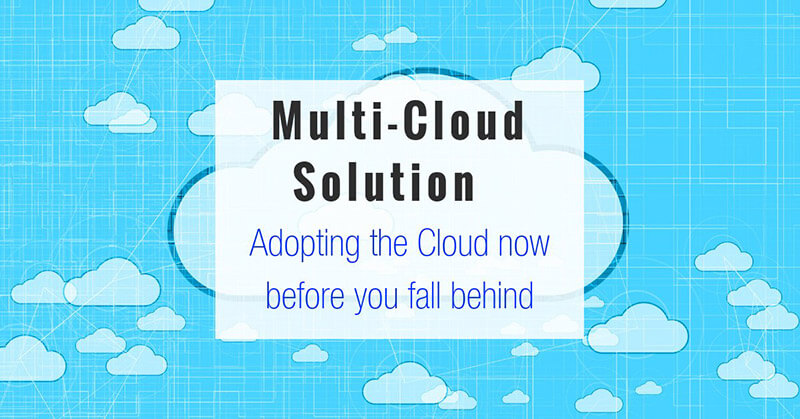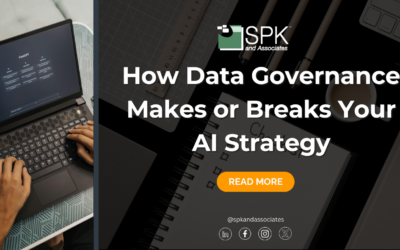Does this sound familiar? Your organization has settled into its cloud migration. You’re enjoying the increased security and resiliency. You feel like you’ve just climbed a mountain and you want to spend some time gazing out from the summit.
Then you read about multi-cloud. The next big thing…until the next next big thing comes along.
But make no mistake about it: Multi-cloud is no flash-in-the-pan phenomenon. It’s here to stay, at least for the next few years.
Where Did Multi-Cloud Come From?
So why is multi-cloud the current next big thing?
- The Best of All Worlds: The big three of the cloud — Azure, AWS and Google Cloud — each have their own perks. Multi-cloud allows you to utilize all of the above.
- Leverage: When you have multi-cloud, you’re not putting all of your data eggs in one basket. That provides you with economic leverage to negotiate better terms with your providers.
- Local Needs: Local service providers are often better equipped to meet organizational needs and are more responsive to individual challenges.
Particularly when performance (e.g., with connected medical devices) is an issue, you might be better off moving your application closer to your data rather than the other way around. What the business market is learning is that the more solutions an organization can successfully combine, the better off they are.
Multi-Cloud Rolls With the Changes
Another benefit of multi-cloud is adaptability. Most organizations want to keep things as simple and streamlined as possible, but that’s just not how the world works. An acquisition, for example, can represent an enormous complication to IT architecture.
Multi-cloud, however, simplifies such complications because it’s so open-ended. You can build on top of existing infrastructure and everything can play nice together, even with legacy systems. Partners become indispensable. Your organization will need access to appropriate tools and expertise, either in-house or, more commonly, through third-party consultants.
Ultimately, multi-cloud rests more heavily on operations than on the product itself. This makes it especially critical to work with an experienced partner that knows its way around multi-cloud solutions, including how to get different products from different vendors to play nice together.
Next Steps
- Download the whitepaper about How Hybrid Cloud Can Turbo Charge Your Manufacturing
- Learn about SPK’s cloud solutions
- Subscribe to our blog to stay informed on product development and engineering efficiency topics.
- Schedule a free consultation with a member of SPK and Associates today.






